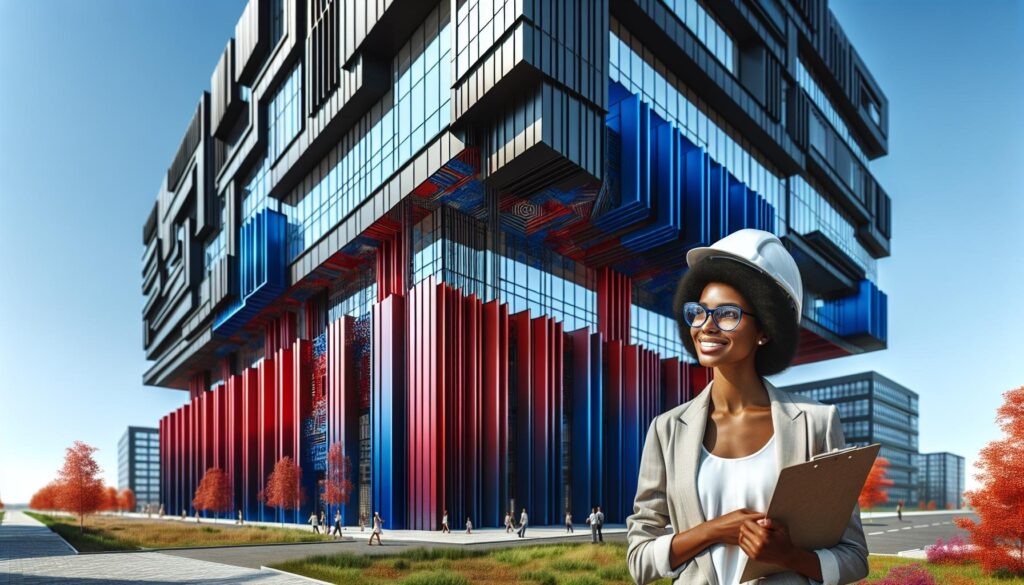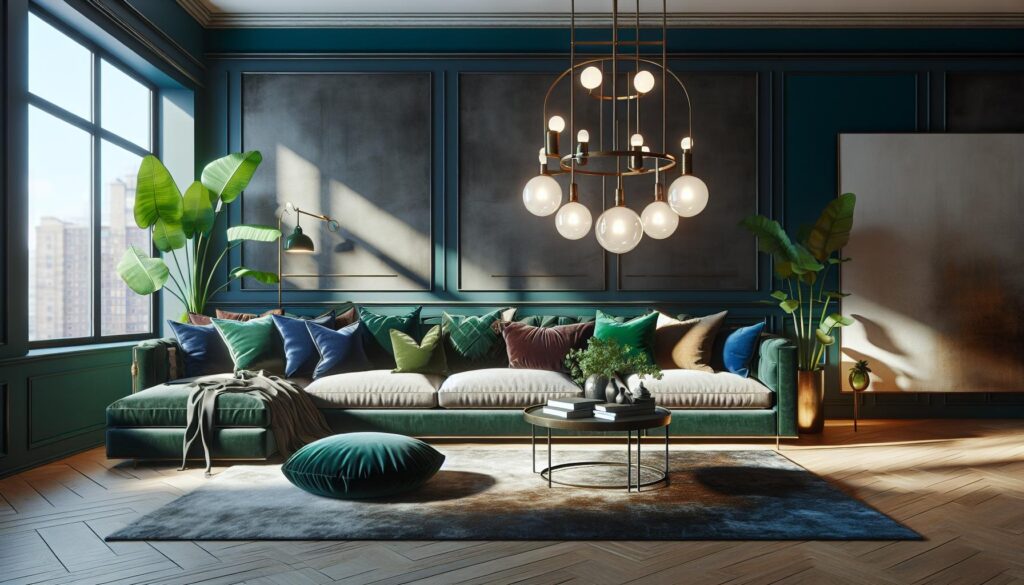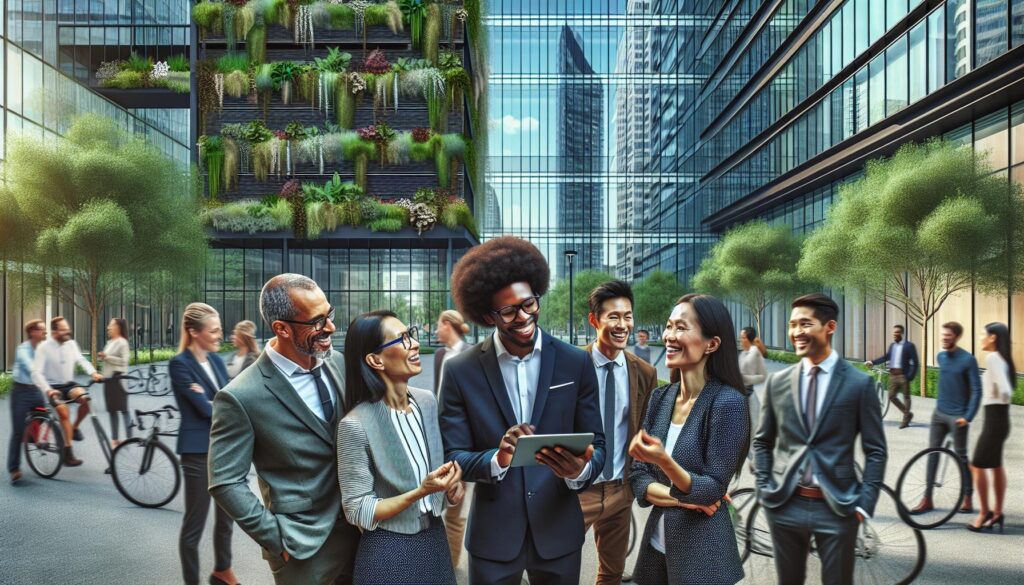In the ever-evolving world of architecture, coatings are the unsung heroes that can make or break a building’s aesthetic. Just like a good cup of coffee, the right architectural coating can perk up a structure, adding vibrancy and protection. With trends shifting faster than a squirrel on espresso, staying informed is key for architects and builders alike.
From eco-friendly options that even Mother Nature would approve of to innovative finishes that sparkle like a disco ball, the architectural coatings landscape is buzzing with excitement. It’s not just about slapping on paint anymore; it’s about creating lasting impressions while keeping up with sustainability. Dive into the latest trends and discover how these coatings can elevate designs, protect investments, and maybe even make the neighbors a tad envious.
Architectural Coatings Trends
Architectural coatings are evolving to meet contemporary demands. A surge in eco-friendly options reflects a growing emphasis on sustainability. Water-based coatings dominate the market, offering low volatile organic compound (VOC) emissions while maintaining performance.
Innovative finishes capture attention, showcasing unique textures and effects. Popular choices include metallic and textured coatings, which can enhance surface appeal. Users increasingly prefer products that combine functionality with aesthetics.
Advancements in technology play a significant role in these trends. Smart coatings, designed with features like self-cleaning and energy efficiency, provide additional benefits. Digital printing technology enables customized designs, offering limitless possibilities for personalization.
Color trends also shift as consumers become more adventurous. Bold hues and rich tones make a statement, moving away from neutral palettes. Designers increasingly opt for monochromatic schemes that create striking contrasts.
Safety considerations influence the selection of coatings. Antimicrobial properties in coatings gain traction, particularly in public spaces. These features provide added protection against harmful bacteria and viruses.
Market insights reveal a rise in demand for exterior coatings. With an emphasis on durability and weather resistance, modern formulations withstand harsh conditions. End-users seek solutions that extend the life of building surfaces while reducing maintenance costs.
Overall, architectural coatings reflect broader trends in design, sustainability, and technology. Staying updated on these developments is vital for architects, designers, and property owners. These trends serve to enhance both the visual appeal and protective qualities of architectural surfaces.
Emerging Technologies in Architectural Coatings
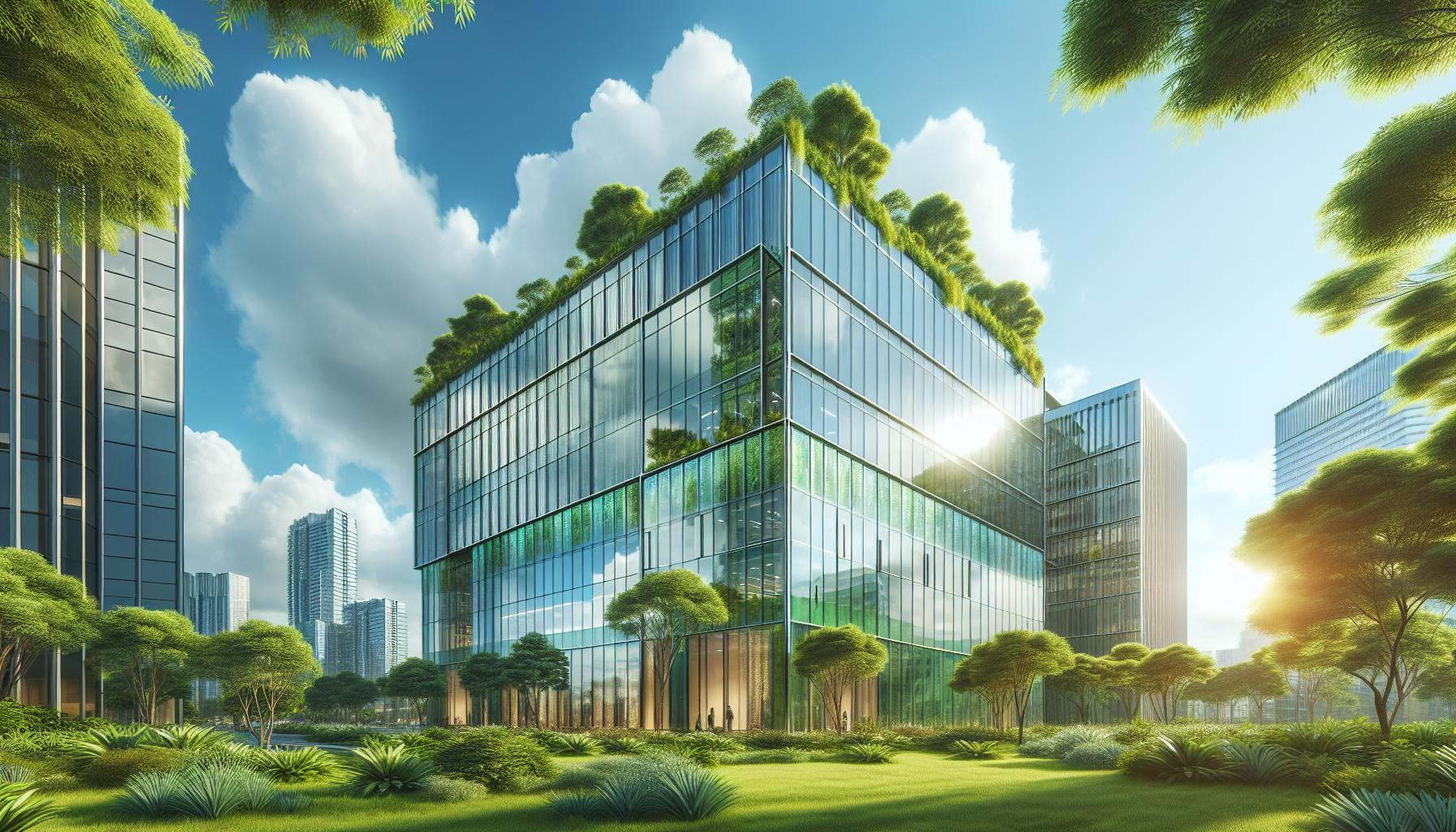
Architectural coatings are evolving rapidly, driven by advancements in technology and sustainability. These innovations enhance performance, aesthetics, and user experience.
Smart Coatings
Smart coatings incorporate advanced features that enhance their functionality. Self-cleaning properties utilize photocatalytic technology to break down organic materials when exposed to sunlight. Energy-efficient options reflect heat, contributing to reduced energy consumption in buildings. Sensors embedded in these coatings can monitor environmental conditions, offering real-time data on humidity and temperature. Innovations such as these align with the growing demand for performance-oriented solutions.
Eco-Friendly Innovations
Eco-friendly innovations in architectural coatings focus on sustainable materials and production processes. Water-based coatings minimize volatile organic compound emissions, promoting a healthier indoor environment. Bio-based ingredients derived from natural sources offer alternatives to traditional synthetic chemicals. Furthermore, recyclable packaging reduces environmental impact. These developments cater to increasing preferences for green building practices while maintaining durability and performance. Adopting such innovative solutions reflects a commitment to both aesthetic appeal and sustainability.
Color Trends in Architectural Coatings
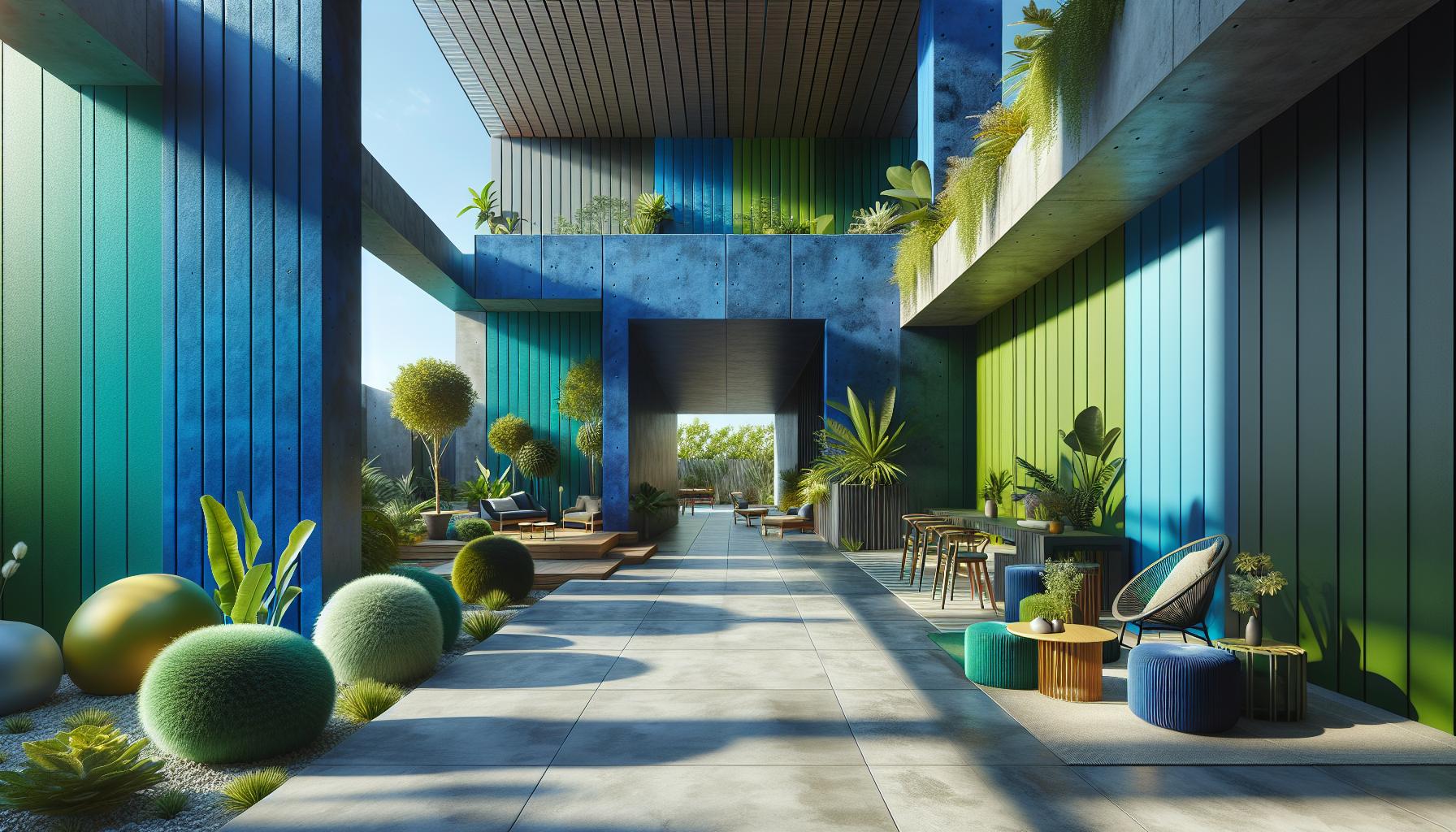
Color trends in architectural coatings emphasize the importance of aesthetic appeal while remaining functional. Bold hues and rich tones define modern design choices, moving away from traditional neutrals.
Vibrant Colors and Textures
Vibrant colors elevate spaces and create impactful impressions. Designers increasingly incorporate deep blues, bright greens, and striking reds, which enhance architectural details. Textures add visual interest, allowing surfaces to stand out. Incorporating metallic finishes offers a contemporary touch, captivating viewers with reflections and variations in light. This trend focuses on creating dynamic environments that engage residents and visitors alike.
Sustainable Color Choices
Sustainable color choices gain traction in architectural coatings, meeting the demand for eco-friendly solutions. Water-based coatings lead the shift, minimizing harmful emissions while delivering vivid colors. Manufacturers use bio-based pigments that reduce environmental impact and enhance performance. These formulations ensure durability without compromising on aesthetic appeal. Emphasizing sustainability aligns with the preferences of modern consumers, reinforcing commitment to green building practices.
Market Insights and Consumer Preferences
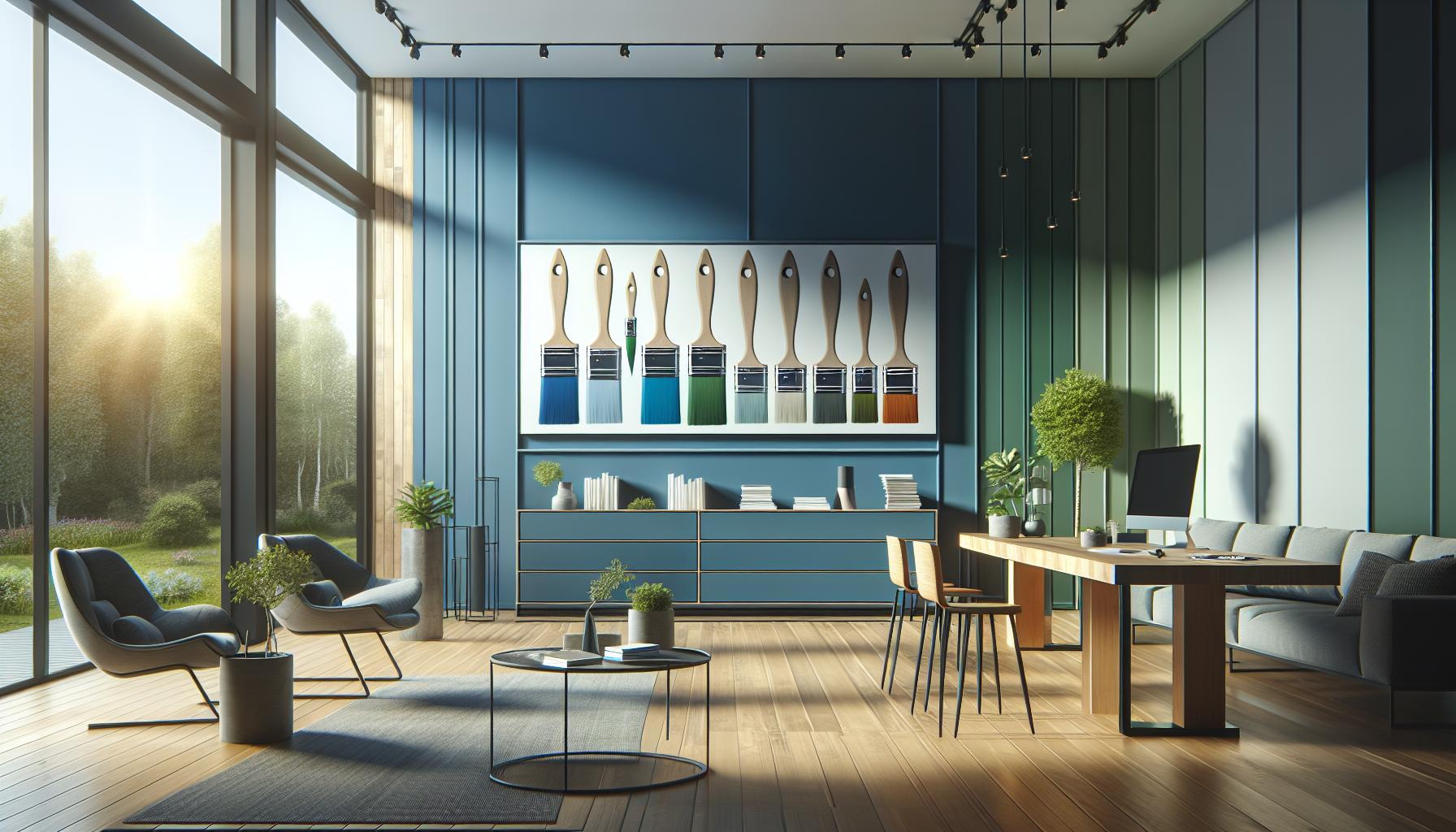
Current architectural coatings trends reveal significant shifts in market dynamics and consumer behavior. Awareness of sustainability impacts product choices, influencing consumer preferences across regions.
Regional Trends
North America shows an increasing preference for eco-friendly architectural coatings, reflecting a broader commitment to sustainability. European consumers favor innovative finishes, often seeking textured and metallic options for aesthetic enhancement. In Asia-Pacific, vibrant color palettes dominate, with emphasis on bold hues like deep blues and bright greens. Emerging markets are witnessing a rise in the adoption of water-based coatings due to their low VOC emissions. Increased investment in sustainable construction practices globally supports these regional shifts.
Industry Demand Analysis
Demand for high-performance coatings continues to grow, driven by the need for durability and low maintenance. Expectations from consumers include coatings with antimicrobial properties, especially in healthcare and public venues. Resilient exterior coatings are essential, providing protection against harsh weather conditions while minimizing maintenance costs. The move towards sustainable options influences purchasing decisions, with eco-certified products gaining traction. Industry insights indicate that technologically advanced coatings, featuring self-cleaning capabilities and energy efficiency, are also shaping market requirements.
Challenges in the Architectural Coatings Sector
Architectural coatings face several challenges in navigating an evolving market driven by sustainability and performance.
Environmental Regulations
Environmental regulations impose stringent standards on coatings, impacting formulation and production processes. Manufacturers must comply with low VOC emissions and other environmental guidelines. As sustainability becomes a priority, organizations must invest in research and development to create compliant products. In the United States, the Environmental Protection Agency (EPA) enforces regulations that push for greener alternatives. Adapting to these regulations poses challenges, but it also opens opportunities for innovation and growth in eco-friendly offerings. Companies that embrace these changes can gain a competitive edge in the architectural coatings sector.
Performance Specifications
Performance specifications play a critical role in the architectural coatings industry, influencing product development. Customers expect durability and long-lasting protection from coatings, raising the bar for manufacturers. Antimicrobial properties are increasingly sought after, particularly in healthcare and educational facilities. Additionally, coatings must withstand harsh environmental conditions such as UV exposure and moisture. Companies face the challenge of balancing high performance with eco-friendly ingredients in product formulations. Focusing on technological advancements can enhance coatings’ resilience and align with market demands for superior quality and sustainability.

